Rice Prices Surge Despite Reserve Releases in Japan, Spreading to Korea as Climate Crisis Sounds Alarm
Input
Modified
Grain Reserves Fail to Stem Soaring Prices
Distribution Inefficiencies Deepen Instability
Falling Yields Drive Food Costs Higher in Korea
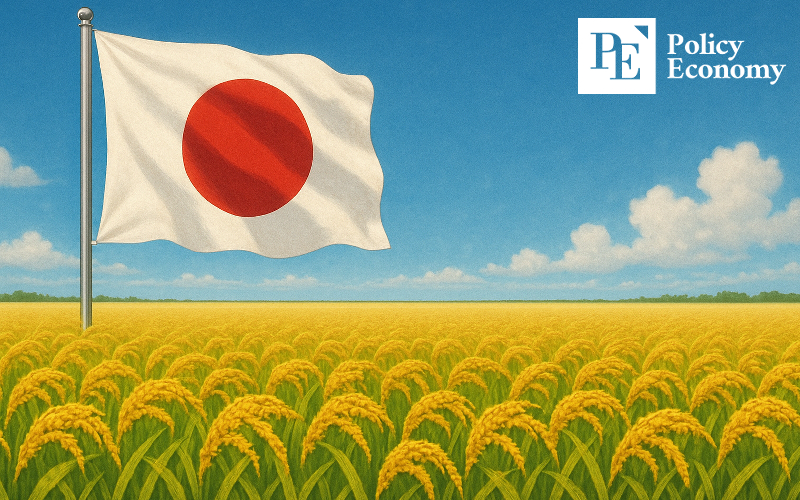
After briefly easing over the summer, rice prices in Japan have risen sharply for two consecutive weeks. Government efforts to stabilize the market by releasing reserves have failed, and the same trend has now spread to South Korea, where rice prices have reached a four-year high. Analysts warn that beyond temporary supply disruptions, structural risks tied to climate change are tightening their grip on the food security of both countries.
Decline in Premium Rice, Prices Jump Higher
According to the Asahi Shimbun on the 15th, consumer rice prices at supermarkets across Japan averaged $27.2 per 5 kilograms during the first week of September, up 6.8 percent from the previous week. It marked the second straight week of steep increases. The paper noted that the rise reflected a drop in lower-cost reserve rice released via government tenders, combined with increased sales of higher-priced new harvests.
The Japanese government had projected that this year’s rice output would rise by 560,000 tons, easing shortages and stabilizing prices. But the early end of the rainy season and worsening drought upended expectations. Most rice varieties cultivated in Japan are highly vulnerable to heat, leading to a surge in “chalky rice” with white, opaque kernels. As a result, the share of top-grade rice has fallen to about 80 percent.
As the staple’s price climbed, households tightened food budgets, and restaurants raised prices of sushi and rice bowls. In August, Japan’s consumer price index rose 3.1 percent year-on-year, well above the Bank of Japan’s 2 percent target, highlighting how the surge in rice costs is fueling broader inflationary pressures.
The issue could also weigh on the ruling Liberal Democratic Party’s leadership race set for October 4. Agriculture Minister Shinjiro Koizumi, once seen as a frontrunner alongside former Economic Security Minister Sanae Takaichi, faces mounting doubts after his aggressive release of government reserves failed to tame prices. Speaking to supporters on the 13th, Koizumi confirmed his intention to run, pledging to unify the party and prioritize cost-of-living measures.
Climate Change and Supply Instability Compound the Crisis
Experts argue the price spike is not a temporary anomaly but a product of structural weaknesses. Supply chain inefficiencies were one factor, with traders rushing contracts before planting was completed and a reduction in government reserve tenders limiting stabilizing effects. Panic buying and stockpiling added further distortions.
But production challenges loom larger. Japan’s rice cultivation area has shrunk from 3 million hectares in the 1970s to just 1.24 million in 2024. The farm population is aging rapidly, with the average rice farmer now 71 years old, and retirements accelerating in the absence of successors. Years of government-mandated acreage reduction further constrained supply capacity.
Climate pressures have exacerbated the problem. Japan’s leading variety, Koshihikari, is resilient to cold but vulnerable to heat. This summer’s extreme heat and shortened rainy season cut output to about 6.6–6.7 million tons, roughly 5 percent below the average of 7 million. Quality also declined, with fewer first-grade crops. Taken together, inefficiencies in distribution and climate-driven production shocks have turned rice inflation into a structural threat rather than a seasonal fluctuation.
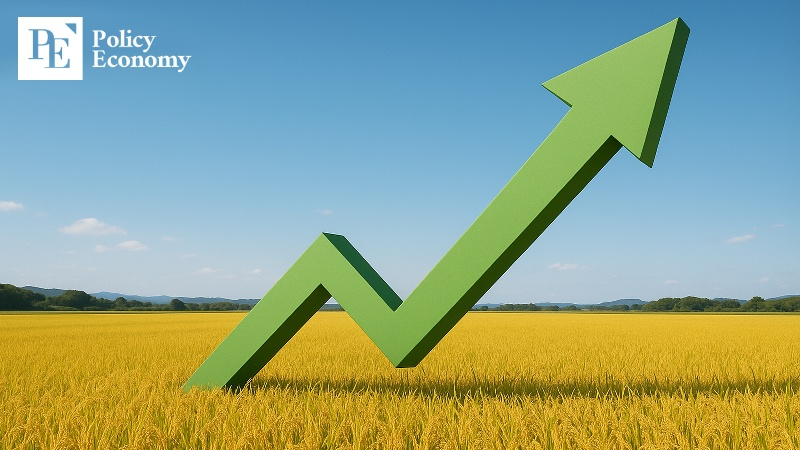
Korea Faces Similar Risks
The trend is mirrored in South Korea. Long-term policies reducing rice acreage in response to falling consumption have left the market vulnerable. As of September 5, domestic wholesale rice prices reached $40.7 per 20 kilograms, the highest in four years. Retail prices surpassed $44.6 per 20 kilograms, more than 20 percent higher than a year ago, raising fears of a “rice crisis” similar to Japan’s.
The Ministry of Agriculture, Food and Rural Affairs blamed frequent rains during early harvest for delayed shipments and temporary shortages. But many analysts argue that structural vulnerability to climate change is the deeper problem, echoing Japan’s experience. Poor yields caused by abnormal weather events not only reduce volumes but also lower quality.
To ease shortages, the government has released reserves. On August 25 it put 30,000 tons on the market, but half was depleted within two weeks, prompting a new plan to lend another 25,000 tons to distributors. Agriculture Minister Song Mi-ryeong said in a livestream on the 13th that new harvests will reach markets by mid-October, predicting retail prices will stabilize thereafter.
Still, with production capacity weakened and climate volatility intensifying, both Japan and South Korea face mounting challenges in keeping their staple grain affordable—warning signs of how the climate crisis is reshaping food security across the region.

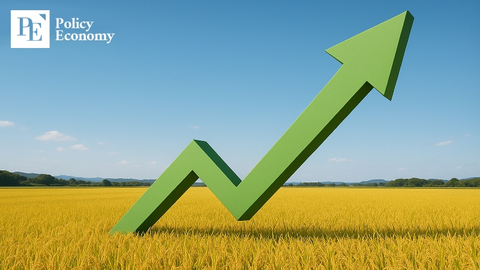

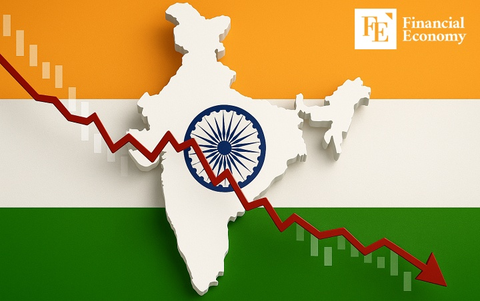



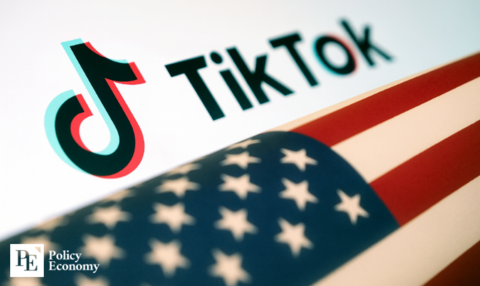

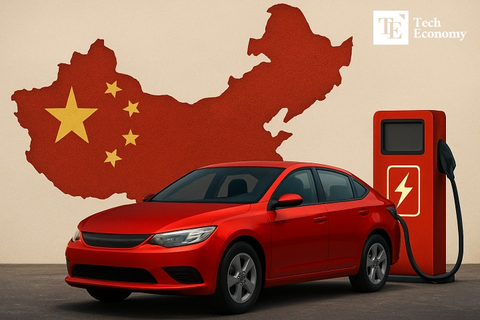












Comment